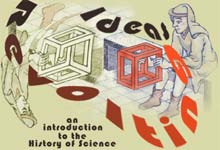
University of California, Irvine
Instructor: Dr. Barbara J. Becker

|
|
|
|
Making sense of the fossil record.
|
|
|
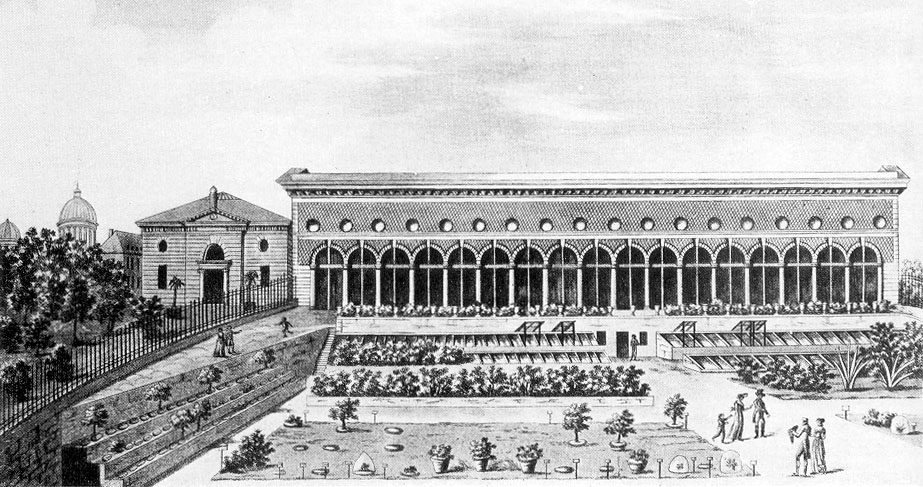
Jardins du Roi (King's Gardens), Paris |
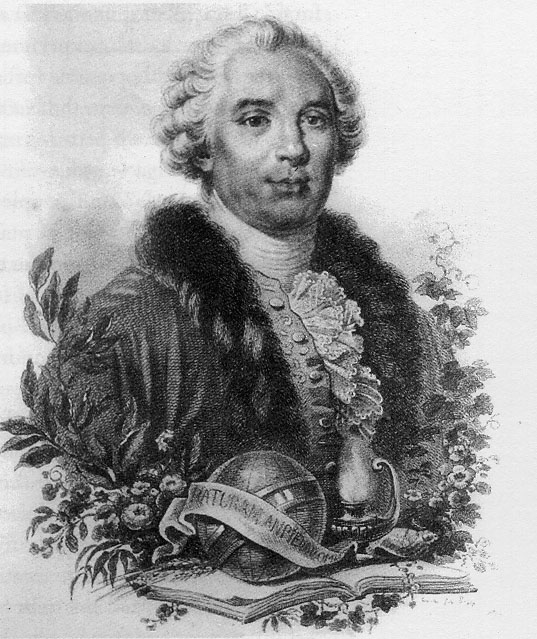 Georges-Louis Leclerc, le Comte de Buffon (1707-1788)
Keeper of the Jardins du Roi from 1739 |
|
In general, kindred of species is one of those mysteries of Nature, which man can never unravel, without a long continued and difficult series of experiments....
How many facts must be discovered before we can even form probable conjectures? |
|
comparative anatomist at the Musée d'Histoire Naturelle |

Life science is rigorous and law-bound like physics and chemistry.
|
Law of Correlation of Parts
|
According to Cuvier, laws serve as rational basis for classifying living things.
Laws guide the application of comparative anatomy to fossil remains.
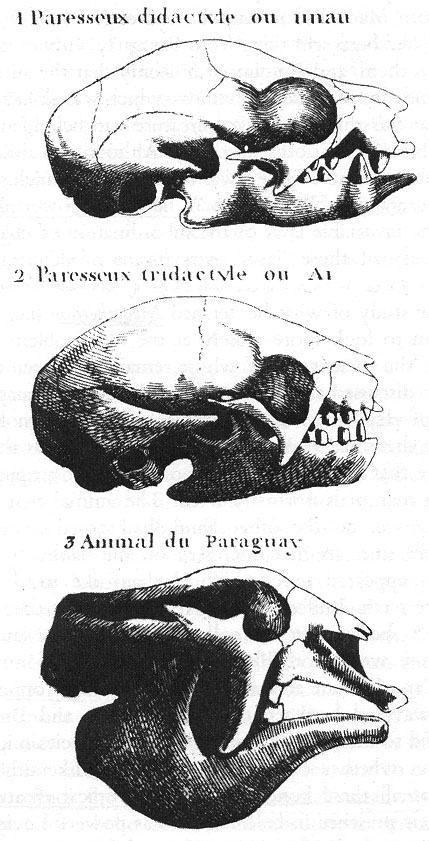
Comparing skulls of modern sloths (top, middle) with the fossil skull of a Megatherium found in Paraguay (bottom). |
Jean Baptiste Pierre Antoine de
Monet, Chevalier de Lamarck
(1744-1829)
|
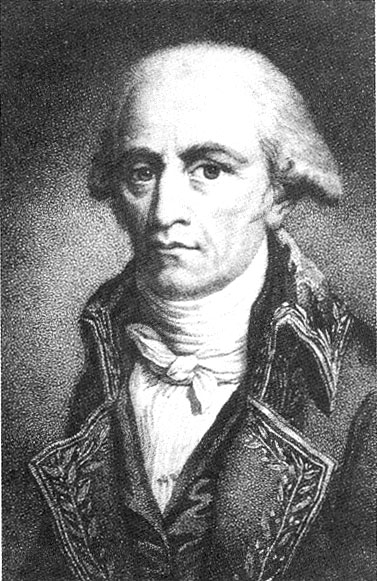
Lamarck challenged Cuvier's views and methods:
|
[Animals] feel certain needs, and each felt need, stirring their inner consciousness, immediately causes fluids and forces to be directed toward the point of the body where an action capable of satisfying the need can take place.Life fluid:
|
|
All animal life can be arranged in a line from least to most complex:
Natural force (like gravity) acts via animating fluid to move all living things toward increased complexity:
If all living things were subjected to same environmental factors, then chain of being would be completely linear, but variations in the environment creates branches on the complex/simple line:
|
|
Positive consequences to the disagreement between Lamarck and Cuvier on species, extinction, evolution ...:
|
|
Uniformitarians |
|
|
|
|
|
|
|
|
|
|
|
|
|
| agent | water | fire |
| mode of action | rise/fall of oceans, rain, floods, erosion | earthquakes and volcanoes |
| proponent | Abraham Werner (1750-1817)
catastrophist |
James Hutton (1726-1797)
uniformitarian |
| forces in the past |
|
|
| evidence | layers in the rocks show sequence of distinct episodes in which life forms are replaced with more complex forms | layers show long periods of soil deposition; ideal conditions for preserving fossils do not always pertain |
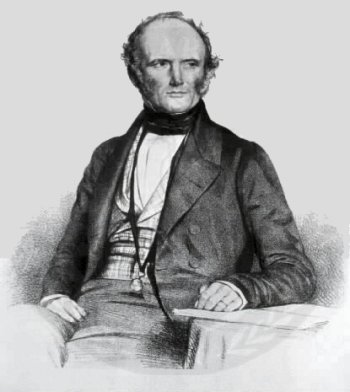
Lyell's Method
|
|